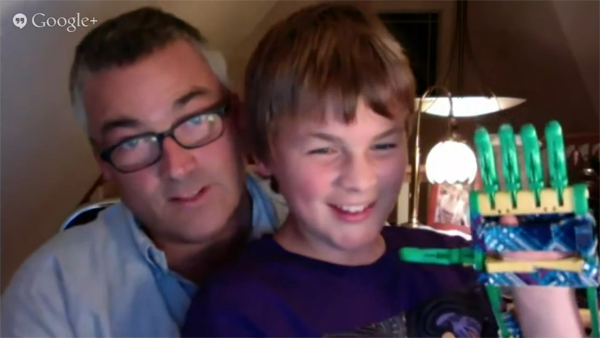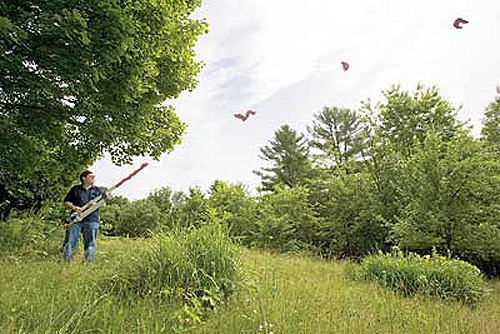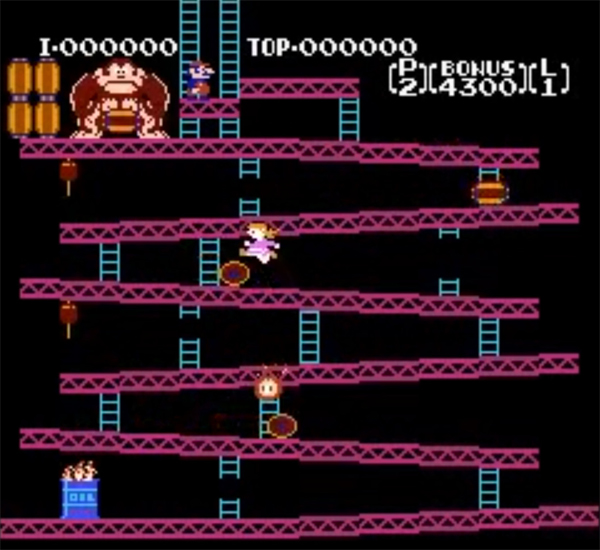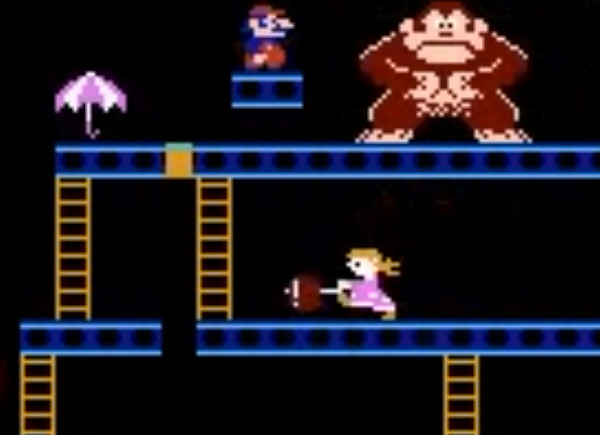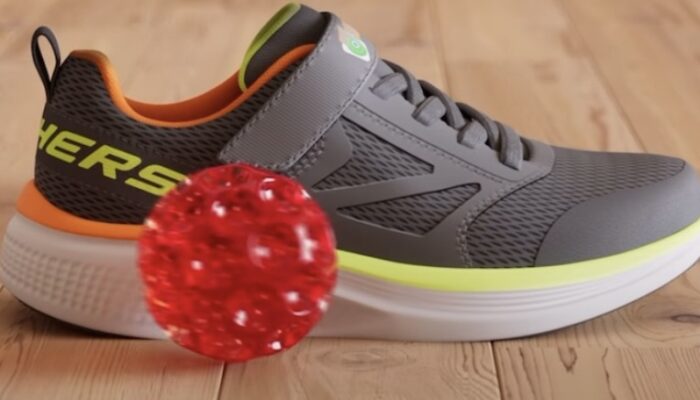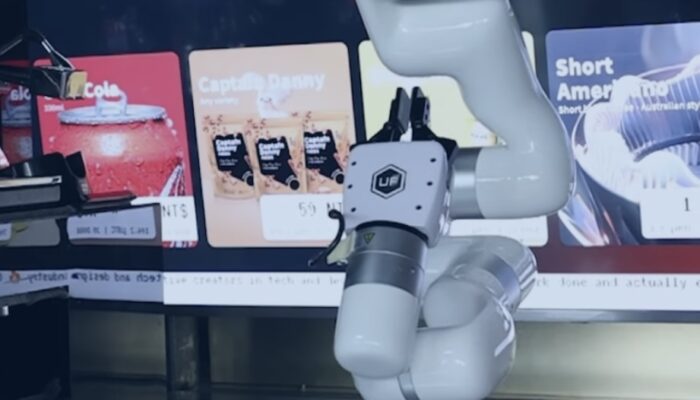Every parent wants to do the impossible for their children. Thanks to our hi-tech world that’s not as silly a notion as you might think. This week we’re looking at three cool Dads doing just that.
Personal Prosthetics
12 year-old Leon McCarthy loves his prosthetic hand. It was made for him by his Dad using $6 worth of plastic, string, and elastics along with the use of his school’s 3D printer. Paul McCarthy is the first to admit he’s not mechanically inclined, he’s not the kind of Dad who makes things in the garage, rather his company creates apps and so his world is more of a computer one. Those two worlds came together when Leon’s Dad found a YouTube video by Richard Van As, a man living with the same condition as Leon’s, who had built his own artificial hand in South Africa.
That Van As had crafted his own prosthetic (one-handed!) is amazing, but what struck McCarthy was the simplicity of his design and the ease with which he was producing working models using 3D printers. Once you create a blueprint on a computer, a 3D printer can turn it into a physical object using liquid plastic. When Paul learned that his son’s school had a 3D printer, he reached out to Vas As for help.
It was as easy as e-mailing a set of files. In Johannesburg Richard Van As has started the Robo Hand project where he donates his designs so that others can make their own prosthetics. He sent Paul and Leon a blueprint for a hand he had made for a 5 year-old boy. Using their computer at home, Paul changed the size of the blueprint to match Leon’s older wrist. The school’s 3D printer took just 15 minutes to produce the parts and, after some assembly using duct tape, elastics, and fishing line, they had a working model.
Paul & Leon participate in Adafruit’s #maketheworld series
Here’s where things get magical. Realizing how easy it was to change the size of the design, and how inexpensive it was to create the hand, Paul and Leon have been working together to create new custom models that suit Leon’s personal needs. We’re not talking about colour or style, but the way the hand works. Human fingers don’t have muscles, instead they have tendons that are pulled and controlled by muscles in the forearm. Richard’s Robo Hand design works in the same way. When Leon flexes his wrist it tightens the cords in the mechanical hand. That simplicity makes it easy to tweak and build upon.
Leon’s current hand is adapt enough that he can pick up a bottle of water, grasp a pen to write, carry a backpack, and even ride a bicycle. With more tweaks and changes they hope to create a hand that can tie shoelaces and Leon is even fantasizing about adding things like a laser pointer. Next term Paul McCarthy will host a class at his son’s school to teach other kids with Leon’s condition to design and build their own Robo Hands.
Helicopter Escort For Kids
For a brief time last winter, Paul Wallich’s grade-school-age son had a flying chaperon to watch over him as he made his way to catch the school bus in the mornings. Wallich is the kind of Dad who likes to build things. one of his fascinations is with exploring the possibilities of quadrocopters, toy-sized helicopters that can be programmed to fly themselves with impressive precision.
Paul Walich, firing a backyard cannon he built.
The winters in Vermont can be quite cold. Walking his well-bundled son along the quarter-mile downhill stretch to the bus stop each morning, Paul Wallich’s less-bundled mind began to fantasize about giving escort duties over to one of his copters. His son likes that his Dad plays with such cutting-edge technology and so, as a cool experiment, Wallich built a drone to do just that.
His “Do It Yourself Kid-Tracking Drone” uses GPS to maintain a watchful distance, following his son’s movements thanks to a transmitter placed within his school backpack. A smartphone attached to the copter acts as a video camera, sending back a live feed for Wallich to watch from his computer back at the house.
It worked well enough to have that “cool moment” where his son was being followed by a tiny copter in the skies, but a number of practical problems keep it from finding real use. The tiny 1 kilogram copter has a hard time with strong winds and keeping control of its altitude along the many hills in his neighbourhood. Unwilling to place the copter’s rotary blades anywhere near his boy, Wallich programmed the drone to keep watch from high above, only to have trees and other obstacles constantly block his view from the camera. Finally, its battery life is so short it can only make the one round-trip to the bus stop and back, so the copter won’t be following his boy all the way to school any time soon.
Of course the point wasn’t to actually hand over parenting duties to a machine, but to explore what’s possible with the new technology in a way that engages his boy. Around the researchers are using such drones for mapping, surveillance, and rescue. This is the quadrocopter Paul Wallich built, but who knows what kind of machine it will inspire his son to create when he’s older?
Donkey Kong Pauline Edition
Mike Mika’s three year-old daughter loves retro video games. Maybe it’s the blocky, pixel graphics or the link to her parents’ childhood, but she really digs the old Atari and Nintendo titles. Some of them, like Pac-Man, she’ll play herself while most she prefers to make her father play, telling him what to do. Her favourite and go-to game is Donkey Kong. One day she asked him to set the game up so she could play as the girl. The game’s hero is Mario, but at the top of the screen is the princess he’s trying to recuse, Pauline.
“Kids ask parents all the time for things that just aren’t possible” explains Mika in his article for Wired, ”but this time, this was different. I’m a game developer by day. I could do this.”
Mika spent several late nights teaching himself the game’s ancient code and learning animation tools that would help him create a version of Pauline that can jump barrels, climb ladders, and use a hammer. Swapping Mario for Pauline wasn’t easy, she’s actually taller than he is and the colours used for the characters are connected to other parts of the game, but with perseverance he managed to make it all work.
You can see the results in the YouTube video below. Unfortunately his version violates Nintendo’s copyrights, so it’s not a game he can release.
Mika says his daughter was very pleased with the results and seemed to actually enjoy the game more playing as Pauline.
“Having kids is incredible” says Mike, “And having a daughter is something special. I get the opportunity to see the world through her eyes. And if this experience has taught me anything, it’s that the world could be just a bit more accommodating.”


